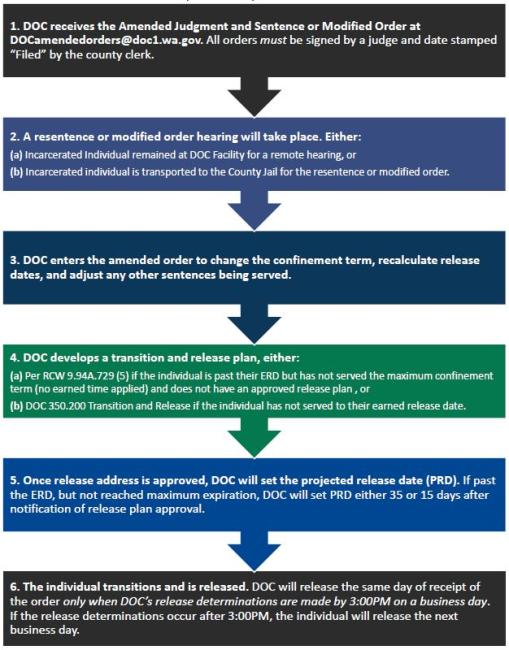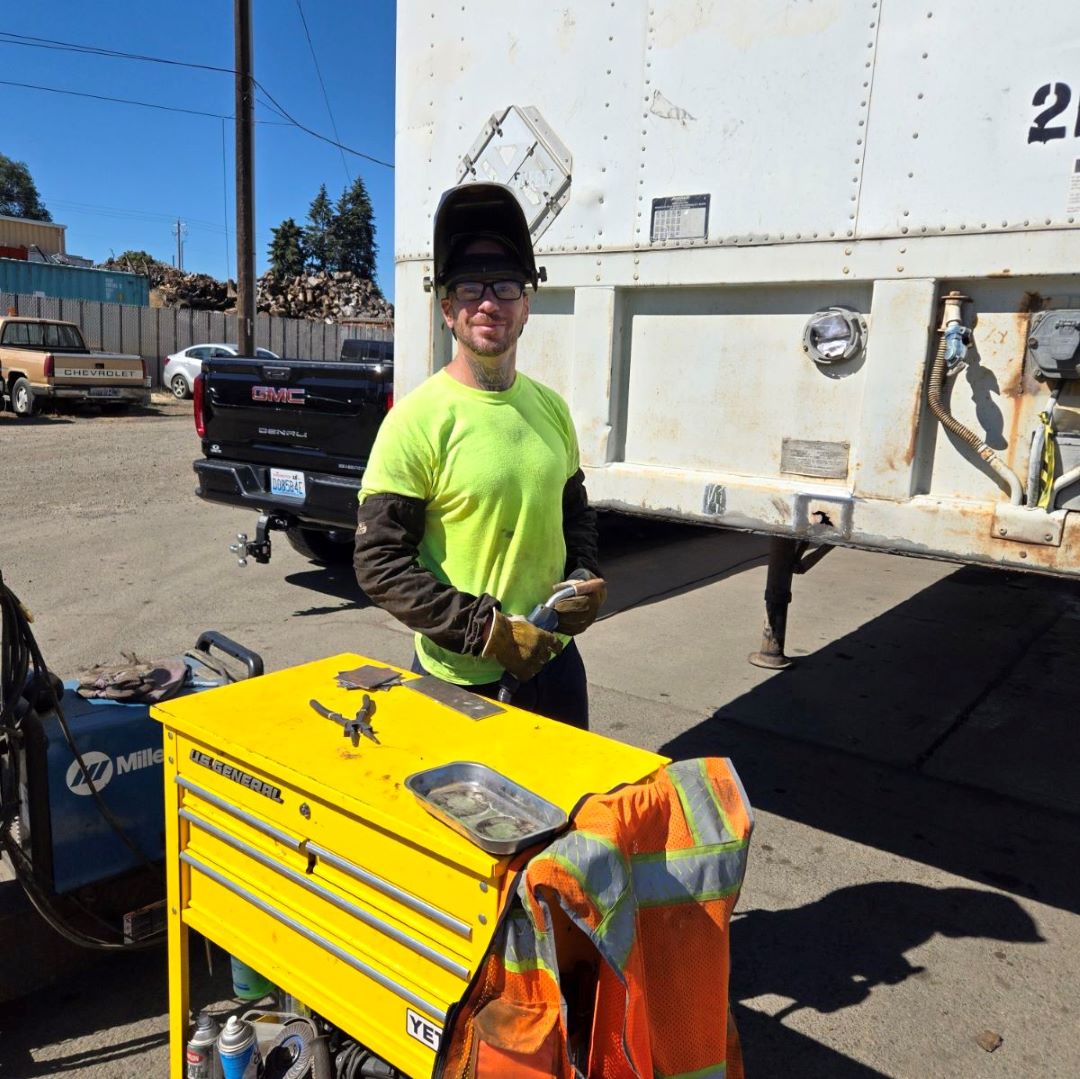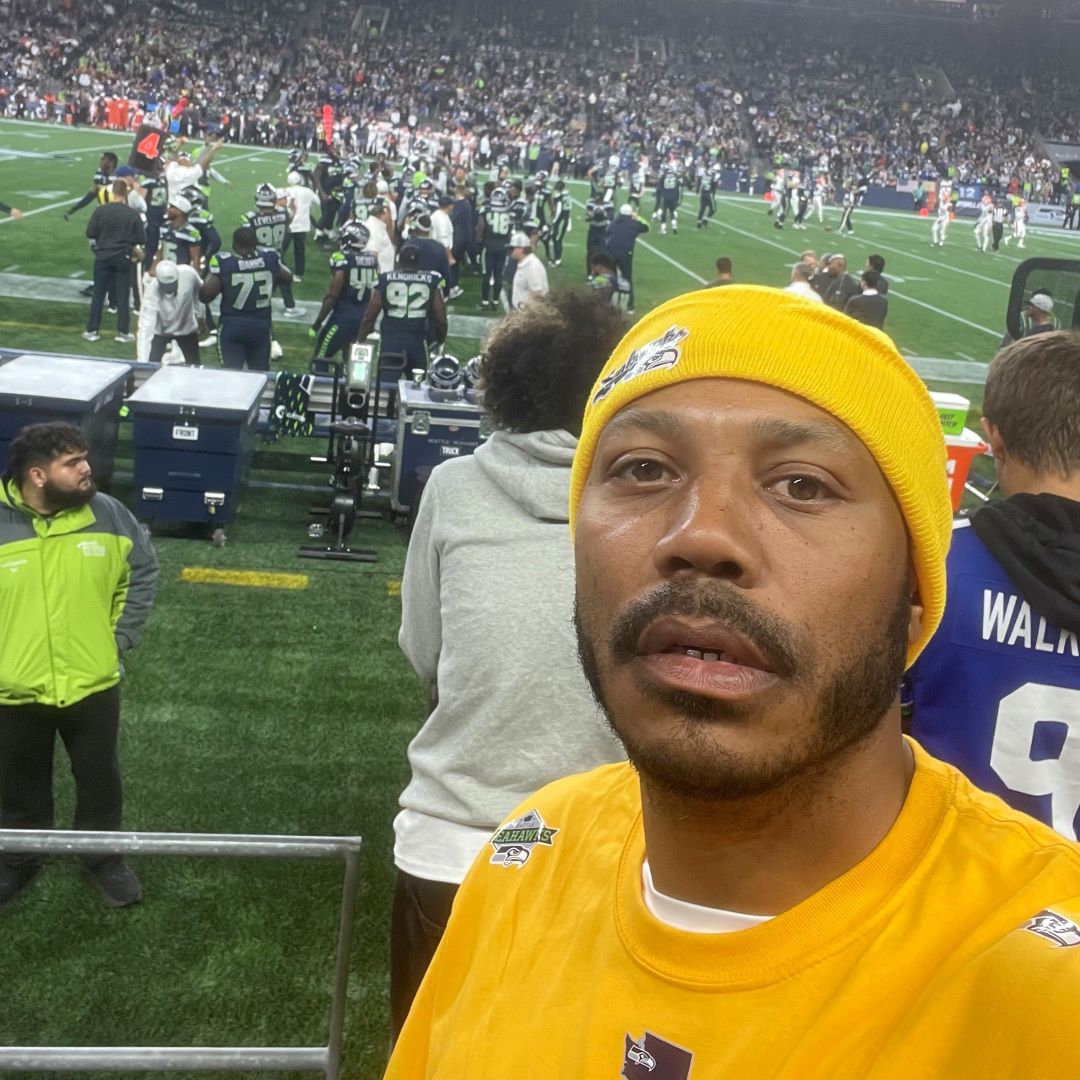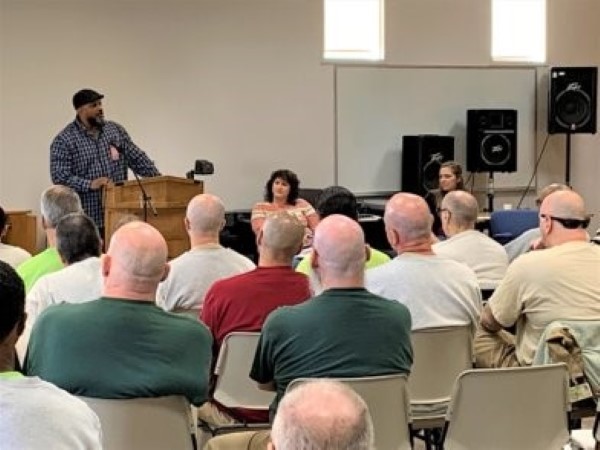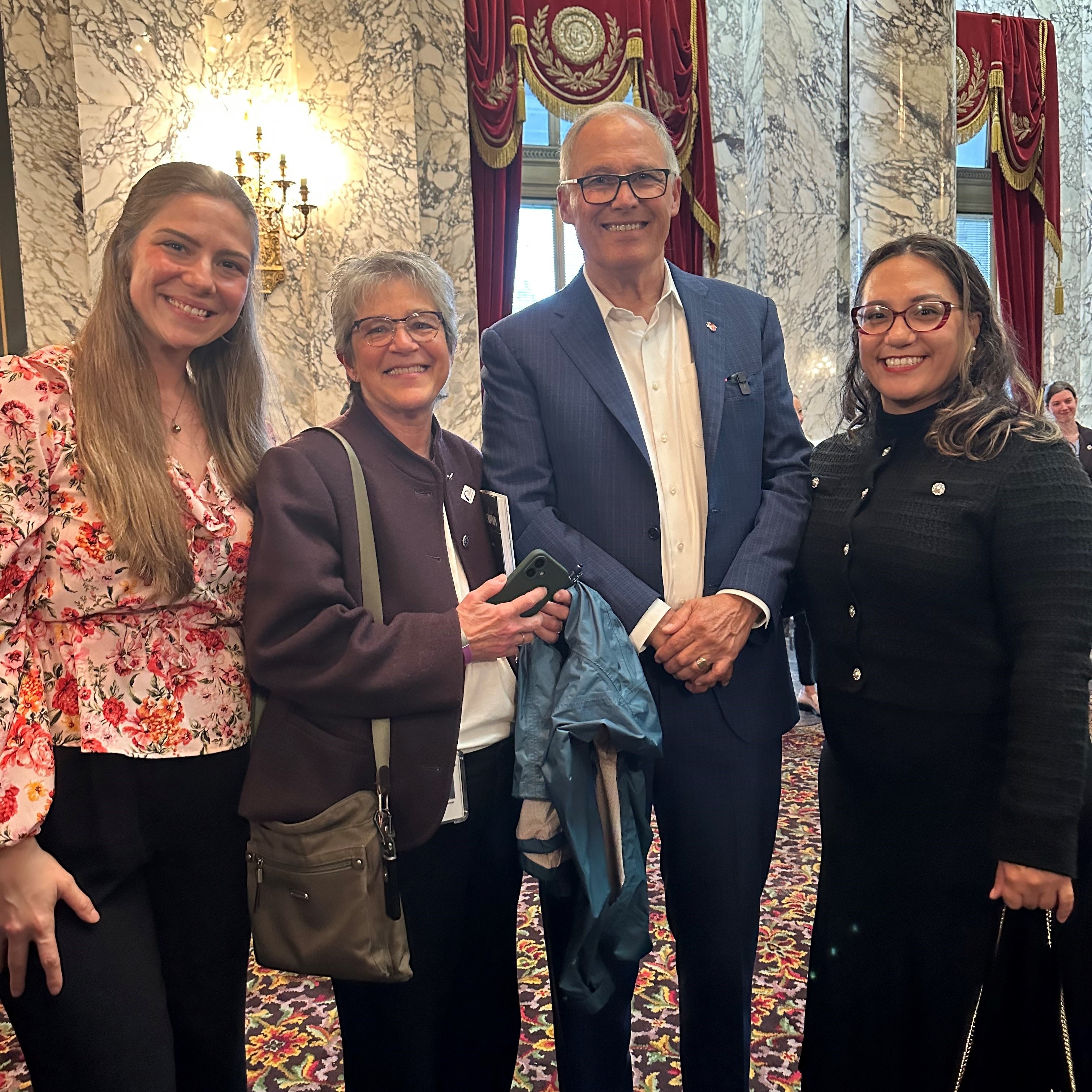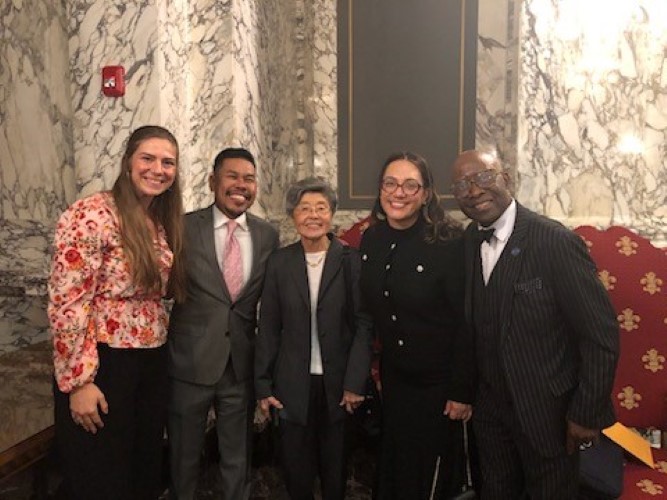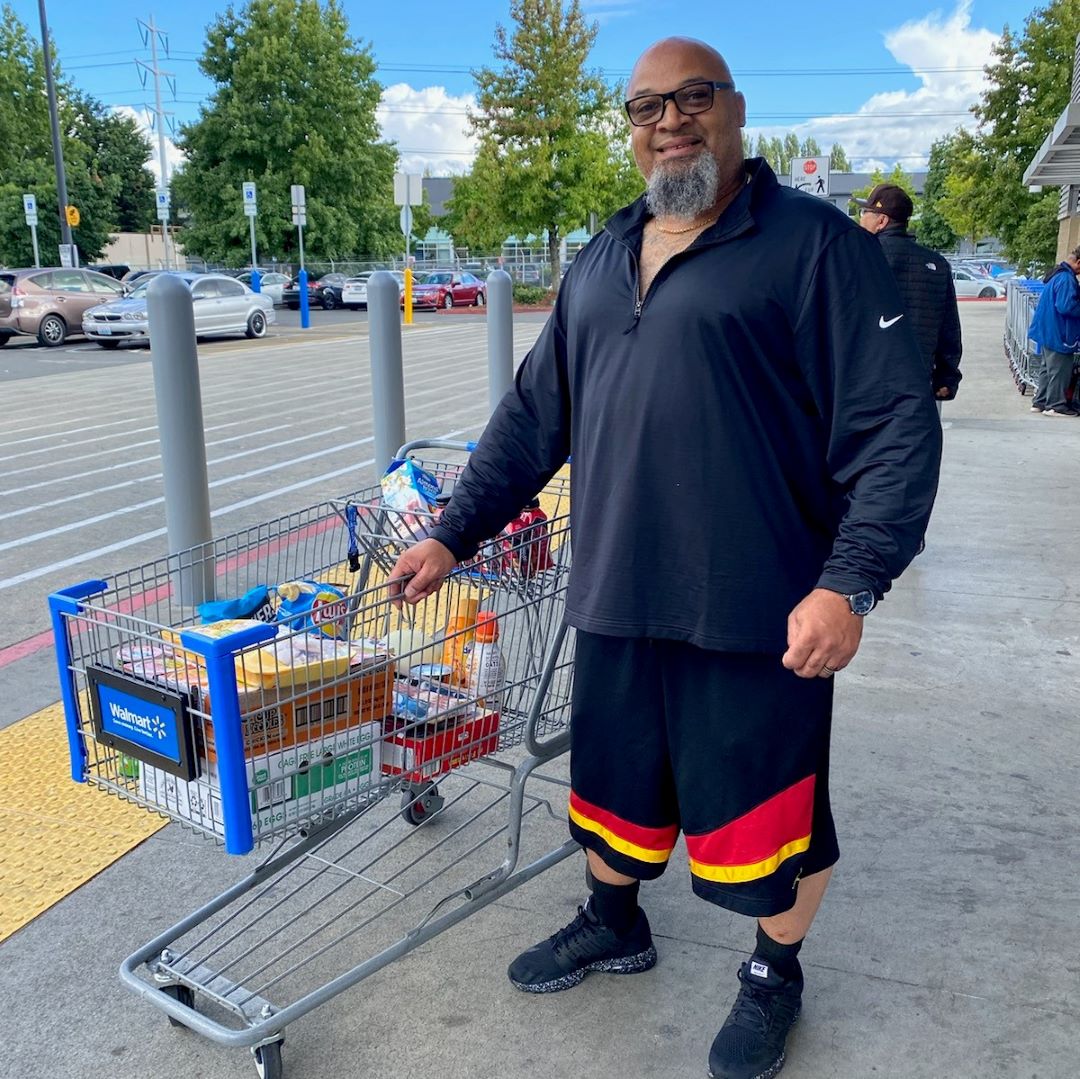Supporting Individuals Impacted by Resentencing
About
The Resentencing team first came out of the State v. Blake decision. In response to Blake in 2021, strike teams were initiated to address the decision's impact on records, prison operations, and release planning. The Legislature provided funding to process court orders, provide housing vouchers and immediate release resources, and staff to assist with transitional planning and resource connection for individuals impacted by Blake vacates and resentencing resulting in a release. Just before and since the Blake decision, a number of other legislative changes (i.e., SB 6164 and SB 5164 ) and Supreme Court decisions (i.e., State v. Monschke, in re Domingo-Cornelio, Ali ) have resulted in more people being eligible and releasing early from incarceration. In response, DOC expanded the transitional support to all types of resentencing resulting in release.
The role of the Washington State Department of Corrections (DOC) is to carry out sentences imposed by courts. The department does not have the authority to amend or correct judgments and sentences. The department cannot unilaterally correct a judgment and sentence and must wait for the court to issue an order vacating conviction, amending judgment, dismissal or directing release. Legal staff are encouraged to review the resources that are available on this site in anticipation of a hearing, including the resentencing process that involves the coordination with DOC, and the critical elements needed in the Judgment and Sentence in order to calculate a release date.
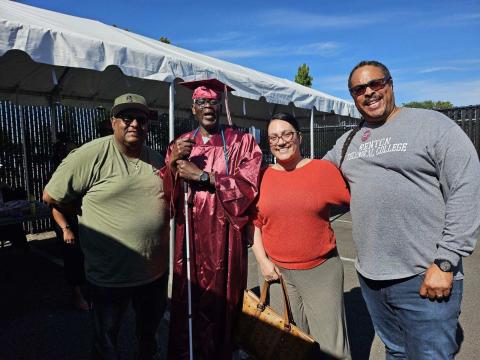
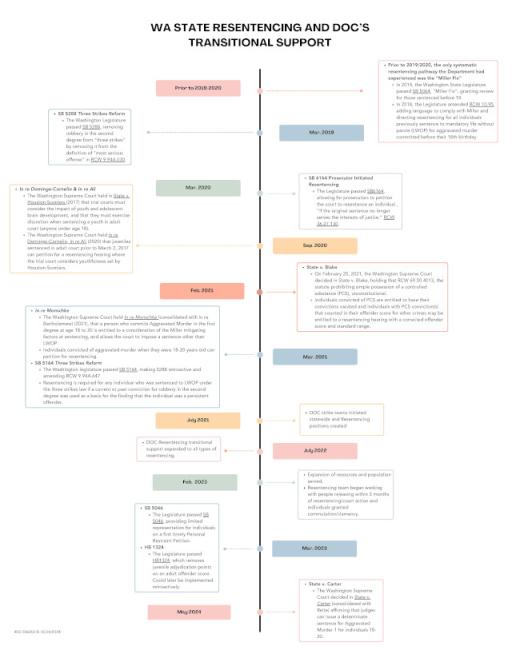
Reduced Confinement Term Processing
No Community Custody Ordered
Department of Corrections (DOC) process for a resentence related to a reduced confinement term for individuals who have served the confinement time to the Earned Release Date (EDR) (or beyond) and who have not been ordered to serve a term of community custody for the sentence:
- DOC receives the Amended Judgment and Sentence or Modified Order at DOC Amended Orders. All orders must be signed by a judge and date stamped “Filed” by the county clerk.
- A resentence or modified order hearing will take place. Either:
- Incarcerated individual remained at DOC facility for a remote hearing, or
- Incarcerated individual is transported to the County Jail for the resentence or modified order.
- DOC enters the amended order to change the confinement term, recalculate release dates, and adjust any other sentences being served.
- DOC determines the individual needs to be released. Either:
- The individual transitions and is released, or
- DOC will contact the jail to remove the DOC hold and to provide release paperwork for the individual to sign.
Community Custody Ordered
Department of Corrections (DOC) process for a resentence related to a reduced confinement term for individuals who have NOT served the confinement time to the maximum expiration date, and who are ordered to serve a term of community custody for the sentence:
- DOC receives the Amended Judgment and Sentence or Modified Order at DOC Amended Orders. All orders must be signed by a judge and date stamped “Filed” by the county clerk.
- A resentence or modified order hearing will take place. Either:
- Incarcerated Individual remained at DOC Facility for a remote hearing, or
- Incarcerated individual is transported to the County Jail for the resentence or modified order.
- DOC enters the amended order to change the confinement term, recalculate release dates, and adjust any other sentences being served.
- DOC develops a transition and release plan, Either:
- Per RCW 9.94A.729(5) if the individual is past their ERD but has not served the maximum confinement term (no earned time applied) and does not have an approved release plan, or
- DOC 350.200 Transition and Release if the individual has not served to their earned release date.
- Once release address is approved, DOC will set the projected release date (PRD). If past the ERD, but not reached maximum expiration, DOC will set PRD either 35 or 15 days after notification of release plan approval.
- The individual transitions and is released. DOC will release the same day of receipt of the order only when DOC's release determinations are made by 3:00PM on a business day. If the release determinations occur after 3:00PM, the individual will release the next business day.
Transitional Support
The Department recognizes the importance of all individuals releasing with an individual reentry plan. In line with the goals and expectations set forth by Executive Order 24-03 Building Safe and Strong Communities Through Successful Reentry the Department has established a dedicated Resentencing team to address the specific needs of individuals released early through resentencing and commutation. Individuals who release due to a resentence, vacate, dismissal, commutation or other court action reducing the term of confinement are provided the following transitional support :
- An assigned Resentencing Specialist that assists the individual (pre and post release) with identifying goals, reducing barriers and connection to resources and organizations.
- Housing voucher and cell phone.
- A Health Services Continuity of Care Coordinator, who addresses release medication and equipment, and troubleshoots health care issues for released individuals.
- If there is sufficient notice of an upcoming resentencing hearing, the Resentencing Specialist completes a resentencing transitional planning meeting with the individual and others who support the individual's transitional plan to prepare for a potential immediate release.
A Resentencing Specialist can assist with:
Pre-Release
- Individual Transitional Plan and essential needs support
- Identifying goals and action steps
- Submitting referrals for resources, programming and community support
Post-Release
- Resource Connection: For food, clothing, hygiene, identification, housing and more.
- Application Assistance: For State, Federal, Tribal and/or other benefits.
- Health Services: Assistance with medical, dental, mental health, prescriptions and health services needs.
- Employment: Connection to employment services/job search assistance.
- Education: Connection to Education Navigators (financial aid, enrollment, transcript support, etc.)
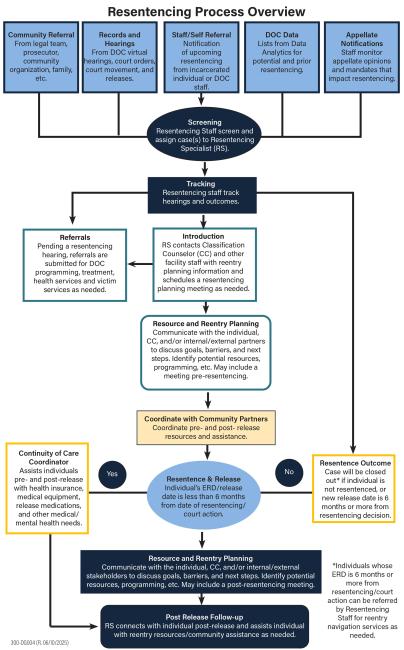

What Our Clients Have to Say
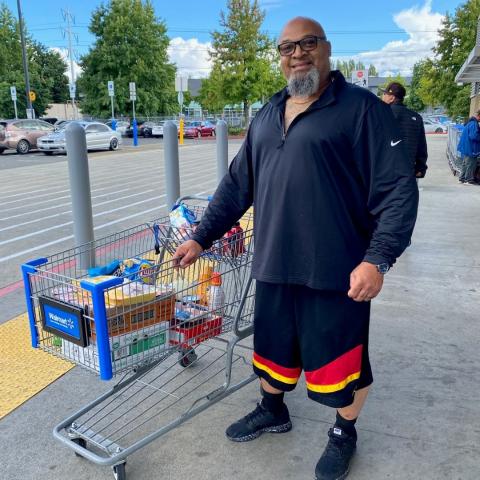
After serving 13.5 years in prison and returning home without any assistance, I was fortunate to receive crucial support from this program, which provided me with clothing, guidance, and the tools needed to successfully reintegrate into society... Despite facing the challenges of reentering society after a long period of incarceration, I have excelled beyond expectations, becoming one of the most highly reviewed car salesmen in Washington state. This success would not have been possible without the assistance and support I received through the transitional program. My ability to maintain positive behavior and avoid returning to prison is a direct result of the ongoing support and resources provided by programs. –Blake Resentencing client
I know the Resentencing Navigator was only doing her job when she found me and contacted me to help with my transition. But there was much more than simply a job being performed. Within just merely a week after being released, I was on the edge of reoffending until my sister received a phone call out of nowhere. The Resentencing Navigator contacted me and provided me with much needed clothing and stayed in contact with me until she was assured, I received it all and that the clothing and footwear was a perfect fit. She even made sure I received a phone that was working. These necessary essentials were definitely needed by me, and I greatly thank her for being so hands on with me and making me feel valued despite my criminal history. She also placed me in contact with others that are helping me further my education in law. Assistance through transitioning back into society does make a difference, but when it is enforced through kindness and sincere concern for the success of the formally incarcerated individual, the difference it makes is even greater and highly appreciated. –Resentencing client formally incarcerated for 24 years
Since I have been doing time on and off for 40 years this (resentencing support) is the best thing I have seen to help support people like me. The times prior when I was locked up, there have always been a bunch of promises, and you get overwhelmed and frustrated when people don't call you back; I end up back in prison. You guys have gone above and beyond in helping me and the gratitude I have towards you helping me out is something I can't put into words. For the first time, I feel like I am going to make it. Without you I don't where I'd be and the community folks you put me in touch with to help me. –King County 6164 Resentencing client
Community Partnerships
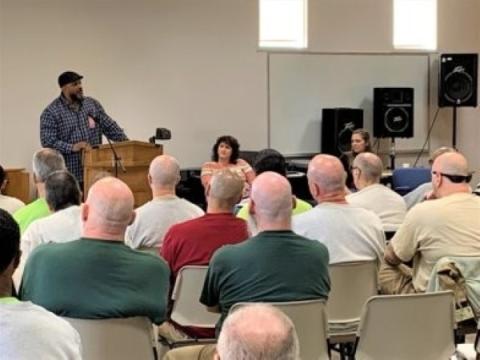
View Photo Gallery
The Resentencing team works collaboratively with a variety of agencies and organizations to coordinate resentencing processes and provide reentry support for individuals being resentenced or granted commutation. Community partners consist of, but are not limited to the following:
- Washington State Office of Public Defense (OPD)
- Washington Defenders Association (WDA)
- Washington Association of Prosecuting Attorneys (WAPA)
- Seattle Clemency Project (SCP)
- Redemption Project of Washington (RPW—A joint project between WDA and SCP)
- Defense and prosecuting attorneys statewide
- Community organizations statewide
- Resentencing Specialists partner with staff from community organizations, attorneys and others on individual reentry needs, including attending resentencing planning meetings, assisting individuals with their reentry planning and coordinating resource assistance.
- Community partners attend monthly workshops with DOC to provide legislative and legal updates related to resentencing; work collaboratively to improve reentry processes; and identify resentencing cases to begin reentry planning.
- The Resentencing team attends workshops with SCP/RPW for incarcerated individuals to learn about the resentencing pathways and what support is available to them if they are resentenced and released.
What Our Community Partners Have to Say
“...This team has become one of our most essential partners in the resentencing process...(the Resentencing Team) monitor rehabilitative progress and advocates for specialized programming tailored to the needs of these individuals. Their support has been invaluable in navigating DOC systems, keeping us informed on the status of individuals under review or slated for future review, and facilitating connections with community service providers.” - King County Sentence Review Unit (SRU)
“...Proactive collaboration with the team has ensured that when our office has decided to resentence an individual that the individual receives access to transitional planning to aid their reintegration and to rehabilitative programs that may have been unavailable due to their long sentences. Working with the team is key to ensuring that a resentenced individual has the best chance to be successful upon his or her release.” - Aaron Bartlett, Clark County Senior Deputy Prosecuting Attorney
"...Following the State v. Blake decision, DOC built an impressive and indispensable infrastructure to absorb resentencing work and the expanded need for reentry services... DOC has experienced a significant increase in the number of incarcerated individuals receiving a second-look at their sentences. This second-look work has resulted in new or reduced sentences for hundreds of people, and the attendant increased need for reentry services. Much of this population may be receiving new sentences that order release dates far sooner than DOC or the individual anticipated, making a robust reentry program all the more crucial… Every role in DOC’s Resentencing Team is no doubt fulfilling DOC’s mission everyday: improving public safety by positively changing lives...” - Excerpts from a letter of support from Washington Defender’s Association, Washington State Office of Public Defense, The Seattle Clemency Project, Washington Association of Criminal Defense Lawyers
Resources
Policies
Below are Department of Corrections (DOC) policies that apply to Resentencing
- DOC 350.200 Transition and Release
- DOC 390.300 Victim Services
- DOC 380.550 Washington State Identification/Social Security Cards
Laws & Regulations
Below are the federal laws, state laws (RCWs) and regulations (WACs) that apply to and/or relate to Resentencing.
Revised Code of Washington (RCW)
- RCW 72.02.100
Earnings, clothing, transportation, subsistence payments, and rental vouchers upon release of certain prisoners. - RCW 72.09.270
Individual Reentry Plan - RCW 72.09.710
Drug offenders—Notice of release or escape. - RCW 72.09.712
Prisoner escape, parole, release, community custody or reentry placement, or furlough—Notification procedures. - RCW 9.94A.729(5)
Earned release time—Risk assessments.
Publications
Below are Department of Corrections (DOC) publications that apply to Resentencing.
- Blake Impacts 300-GU007
- Maximum Expiration Date Calculation 400-GU005
- Resentencing Impacts to DOC 300-RE010
- Resentence Process 300-GU009
- Resentencing Resources 400-GU004
- Resentencing Process Overview Flowchart 300-DG004
- Resentencing Specialist Flyer 300-PS001
- Asistencia estatal de reingreso 300-PS001s
- Review of Judgment and Sentences 300-GU008
- Sex Treatment and Assessment Programs 600-GU010
- WA State Resentencing and DOC's Transitional Support 400-DG019
Resource Links
- Reentry Navigation Services
- Resentencing Public Records Request for Attorneys
- Sex Treatment and Assessment Programs
- Office of Public Defense
- Seattle Clemency Project
- Prosecutor Offices

